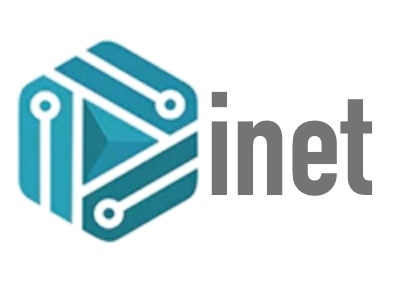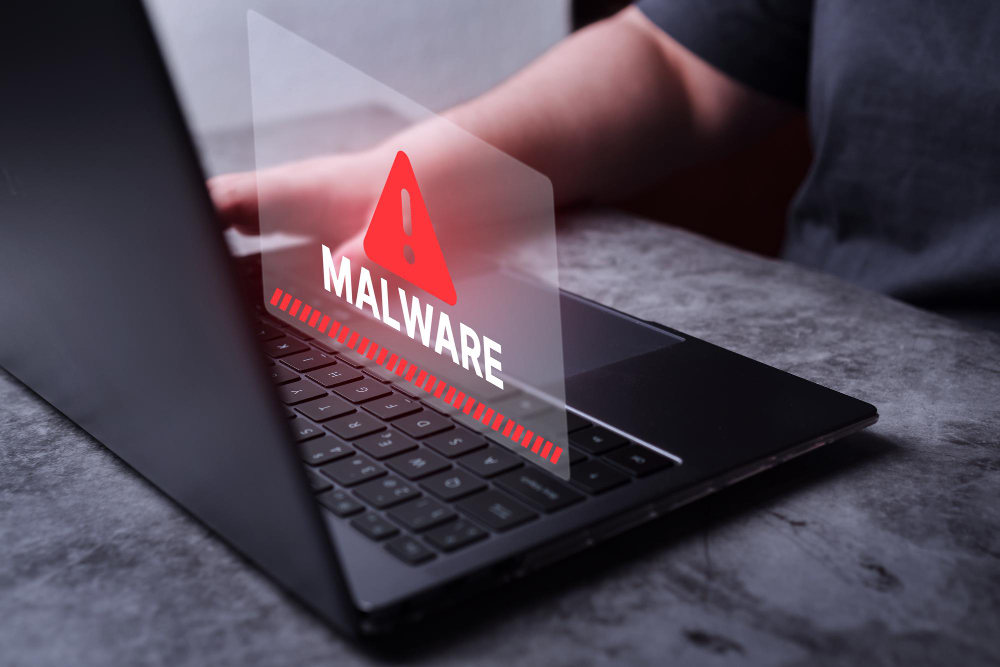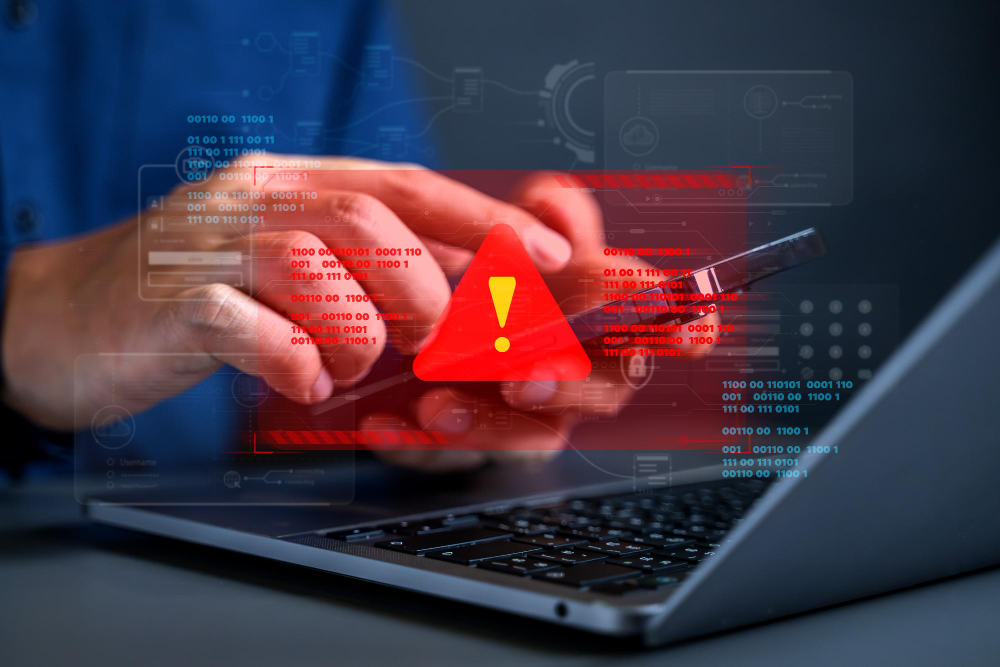In the modern era, where almost every aspect of our daily lives intertwines with digital devices, the significance of cybersecurity cannot be overstressed. Let’s embark on a technical journey to truly grasp why this domain is crucial and why individuals, corporations, and governments must prioritize it.
The Digital Transformation
To understand the necessity for cybersecurity, one must first acknowledge the sheer volume of data in circulation. With the advent of the Internet of Things (IoT), it’s not just computers and phones that are online. Your refrigerator, watch, and even your car could be part of the vast digital web. IDC predicts that by 2025, there will be 41.6 billion connected IoT devices, generating a colossal 79.4 zettabytes of data.
The Ever-evolving Threat Landscape
- Advanced Persistent Threats (APTs): These are prolonged and targeted cyberattacks where intruders infiltrate systems to steal data over time. APTs typically target organizations for business or political reasons.
- Ransomware: This malware encrypts the victim’s files and demands a ransom to restore access. With cryptocurrencies like Bitcoin facilitating anonymous transactions, ransomware attacks have surged in recent years.
- Phishing: By disguising malicious links or attachments in seemingly trustworthy emails or messages, attackers trick users into divulging sensitive information.
The Economic and Reputational Impacts
A cyber-attack can be catastrophic, with repercussions spanning from financial losses to reputational damage. For instance, the 2017 Equifax data breach, which exposed sensitive data of 147 million people, cost the company over $4 billion in total.
Vulnerabilities Galore
Software and systems are made by humans, and humans are fallible. This inevitably results in vulnerabilities, which can be exploited. Consider the software development lifecycle (SDLC). Even with rigorous quality assurance, vulnerabilities might creep into the final product. Factor in third-party integrations and outdated software components, and the risk multiplies.
The Regulatory Landscape
Regulations such as the General Data Protection Regulation (GDPR) in Europe have put stringent demands on companies to protect user data. Non-compliance can result in hefty fines, making cybersecurity not just a technical requirement but a legal one.
Decentralization and Cloud Computing
As businesses transition to cloud infrastructures, they’re no longer protected by the traditional perimeter-based security model. With data residing in decentralized servers across the globe, the attack surface expands significantly.
Mitigating the Challenges
- Encryption: A cryptographic method to convert data into a code to prevent unauthorized access. Even if data is intercepted, it remains unreadable without the decryption key.
- Multi-factor Authentication (MFA): By requiring multiple forms of verification, MFA ensures that even if an attacker procures a password, they still can’t access the system.
- Intrusion Detection Systems (IDS): These systems monitor network traffic, flagging any suspicious activities.
- Regular Patching: Software providers often release patches to address vulnerabilities. Regularly updating and patching systems is crucial to preventing exploits.
In a world interwoven with digital threads, cybersecurity is the guardian that ensures the fabric doesn’t unravel. It’s not just about safeguarding bits and bytes but about protecting our way of life in the digital age. As cyber threats grow in complexity, so must our defenses. Understanding and investing in cybersecurity isn’t just a technical demand; it’s a societal one.




